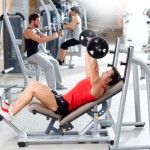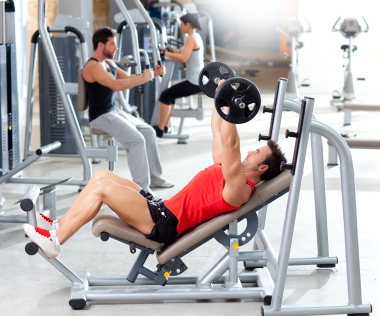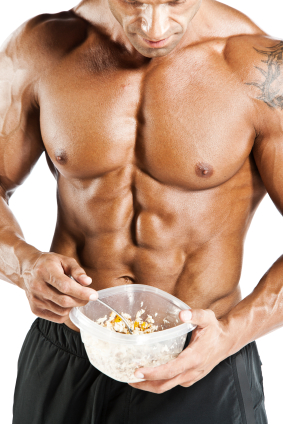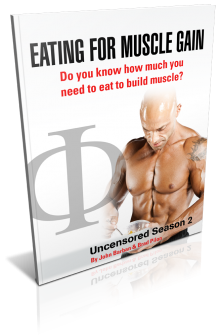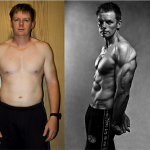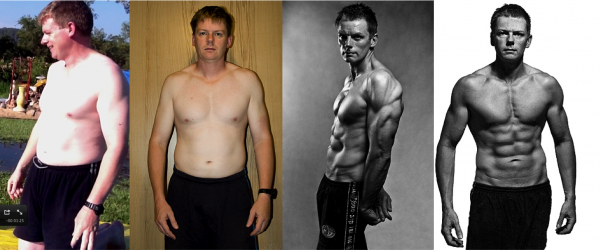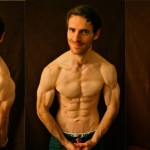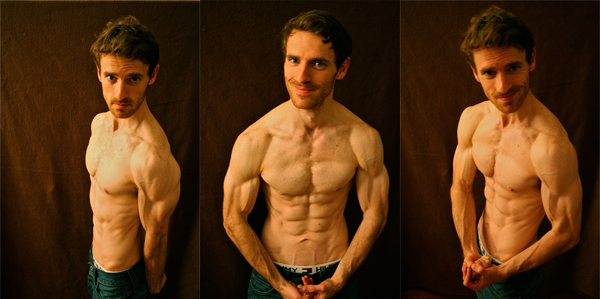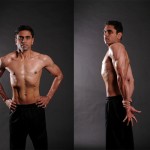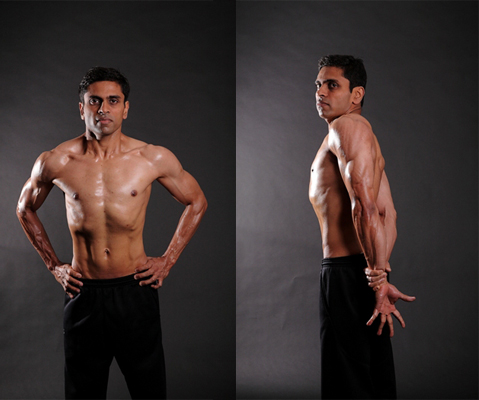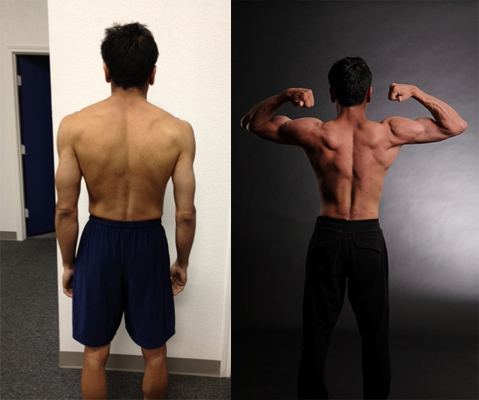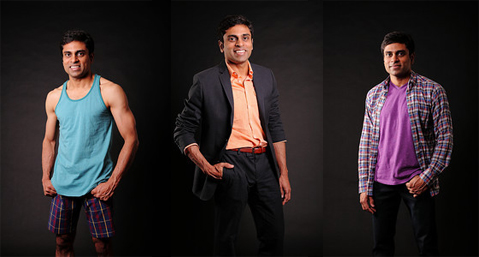In the upcoming weeks John and I will seek to provide our feedback and insight on “trending” topics and questions from within the AGR Community.
Today’s topic is a frequently asked question among our newest brothers in iron. The question many people ask once they begin the AGR workouts is, “How Much Weight Should I Use?”
Unique to the the AGR program, the repetition ranges are specifically designed for positive progression toward your “Golden” Adonis Index Score, which is based on the Fibonacci Sequence and cyclical, periodized weight training.
It’s important to note that a “repetition” or “REP” is directly related to a suggested level of effort. The level of effort on a scale of 1 to 10, will determine the amount of weight that you train with.
Below is break-out of REP ranges and the level of effort that should be applied when lifting a specific amount of weight.
FINAL THOUGHTS:
- Give yourself permission to lift lighter weights, to maintain your form.
- Always use a spotter if you are training with heavy weights.
- It’s ok to train while “sore” but NOT while “hurt.”
- Try, Fail, Adjust– Record the amount of weight you use and look for opportunities to SAFELY increase upon the weight used in previous workouts.
